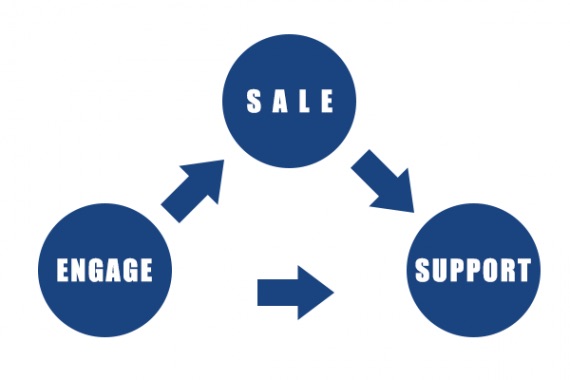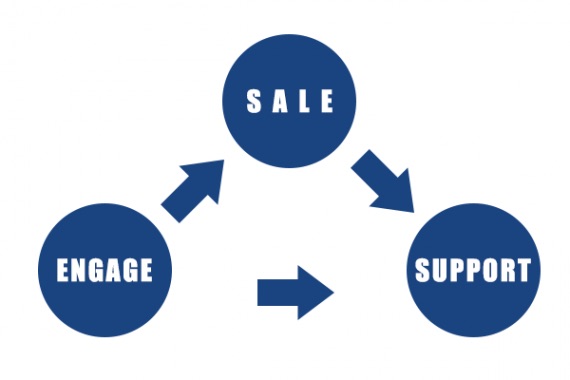Good digital marketing campaigns create virtuous sales cycles, repeatedly engaging, converting, and supporting customers and prospects. Open Rate The open rate measures the number of recipients who opened and viewed a particular email message. If an online retailer sent 10,000 email messages as part of a campaign and 850 of those messages were opened, the campaign would have an 8.5 percent open rate. A good open rate may indicate an interesting and relevant subject line, while a poor open rate may indicate the opposite. Send too many or too few email messages to your list and there may be a corresponding decline in open rates. To improve open rates, use A/B or multivariate tests for your subject lines, segments, and frequency. Perhaps the most used click-through rate is to divide the number of unique clicks (not counting when someone clicks two links in a single message) by the total number of emails sent — expressed as a percentage. With this formula, if a marketer sent 1,000 emails and collectively those emails received 23 unique clicks, the click-through rate would be 2.3 percent. If 120 recipients open the email message and 23 folks click at least one link in the message, the resulting click-to-open rate would be 19.1 percent. (23 ÷ 120) × 100% = 19.1% To improve the click rate, make the entire email message better: a improved subject line, tighter copy, and proper segments.
Good digital marketing campaigns create virtuous sales cycles, repeatedly engaging, converting, and supporting customers and prospects. Increase performance anywhere in the cycle and more sales should follow.
Virtuous sales cycles in ecommerce tend to create a relationship with the shopper. The cycle begins when you make a sale. It continues as you support the customer after the sale, and engage the customer in, say, a post-purchase email series. That could lead to helpful content or a beneficial offer, which could produce an additional sale, support after that sale, and re-engagement.

Email marketing — particularly automated email marketing — plays an important role in this cycle. It deserves a significant amount of our attention. Three key performance indicators can work together to help improve most aspects of email design, content, and continuity. In the context of a virtuous sale cycle, these improvements should lead to more sales.
These three email KPIs will probably be familiar to you. But after the brief definition of each, consider what these tell you about your email message’s success.
Open Rate
The open rate measures the number of recipients who opened and viewed a particular email message.
To calculate the open rate, divide the total number of unique opens by the total number of emails sent. The result is expressed as a percentage.
If an online retailer sent 10,000 email messages as part of a campaign and 850 of those messages were opened, the campaign would have an 8.5 percent open rate.
(850 ÷ 10,000) × 100% = 8.5%
Multiple factors can influence an open rate.
- …

COMMENTS